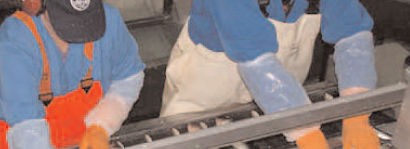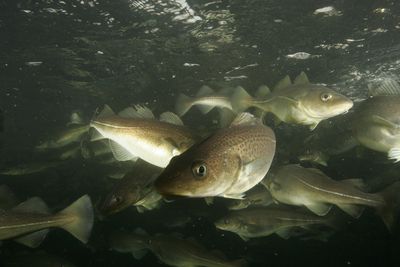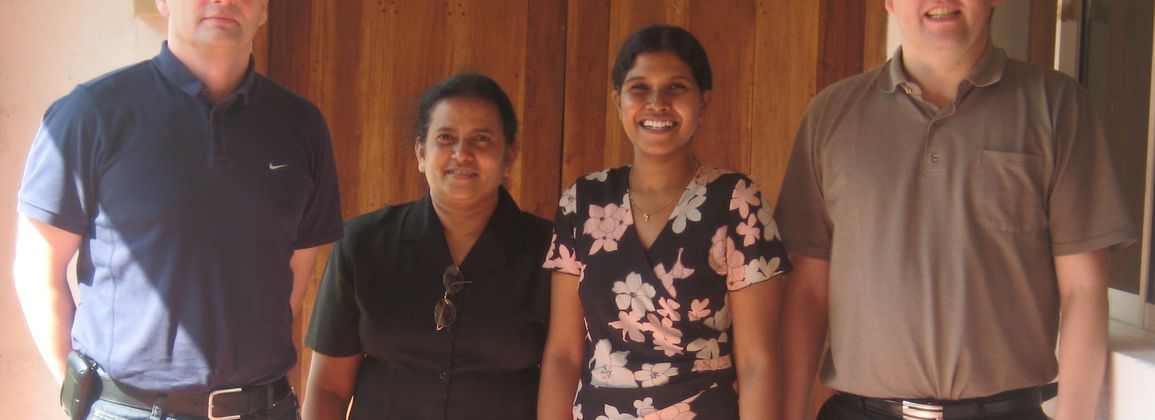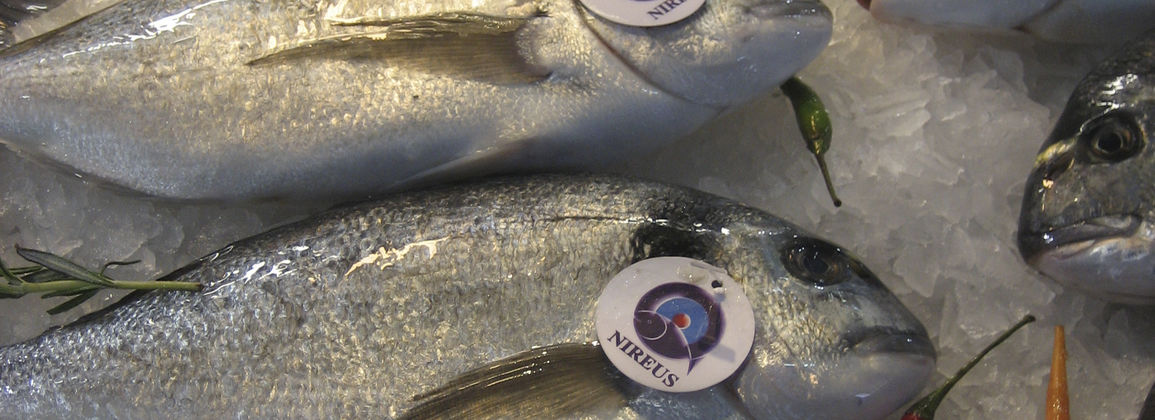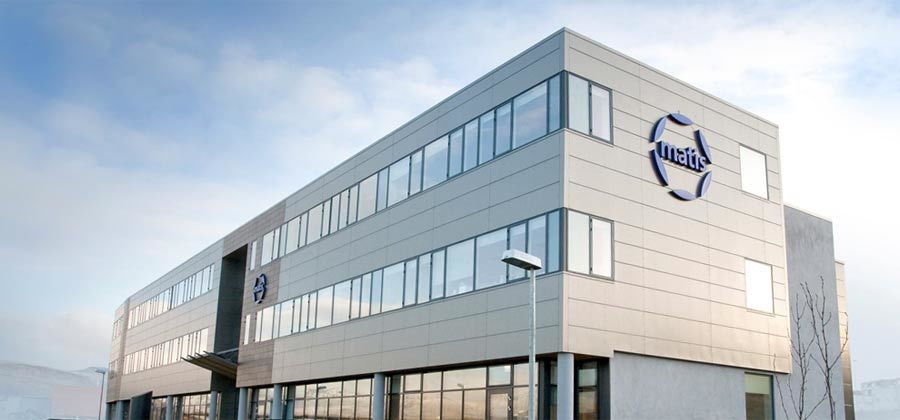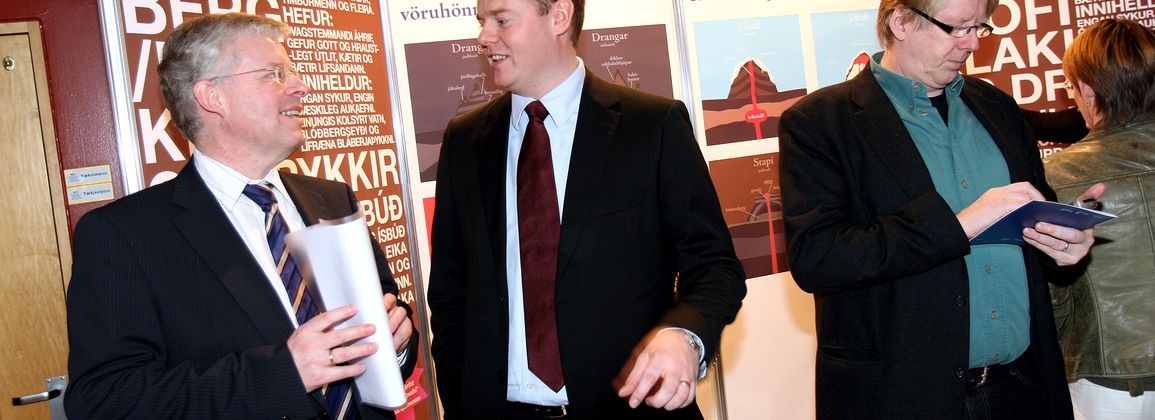"The main reason for the quality problems in herring is the high content of compounds that promote development and affect color and texture changes, as well as the loss of nutrients," says Matís' report on how the quality of herring can be improved for consumption. It says that better quality leads to increased competition in herring production in the Nordic countries, as well as a positive attitude of consumers towards herring products.
The report's Improved quality of herring for human consumption states that herring is one of the most important fish species in the North Atlantic and the Baltic Sea. "Despite the fact that a large part of the catch goes to human consumption, about 85% of herring is processed into fish oil and flour." It says that it is important to study different factors that affect the quality of herring and especially how they are controlled by biological conditions.
"The main cause of quality problems in herring is the high content of compounds that promote development, and affect color and texture changes, as well as loss of nutrients. Better quality results in increased competition for herring production in the Nordic countries, as well as a positive attitude of consumers towards herring products. "
The main goal of the project was to improve the quality and quantity of herring, for consumption, by researching the quality of the raw material after fishing. "Emphasis was placed on quality immediately after fishing and the quality of the raw material after varying periods of time in the frost. Factors such as fishing location and fishing time did not affect the quality of the herring. However, the storage was frozen
-20 ° C significant effect on the quality of the raw material. "
You can view the report here.

